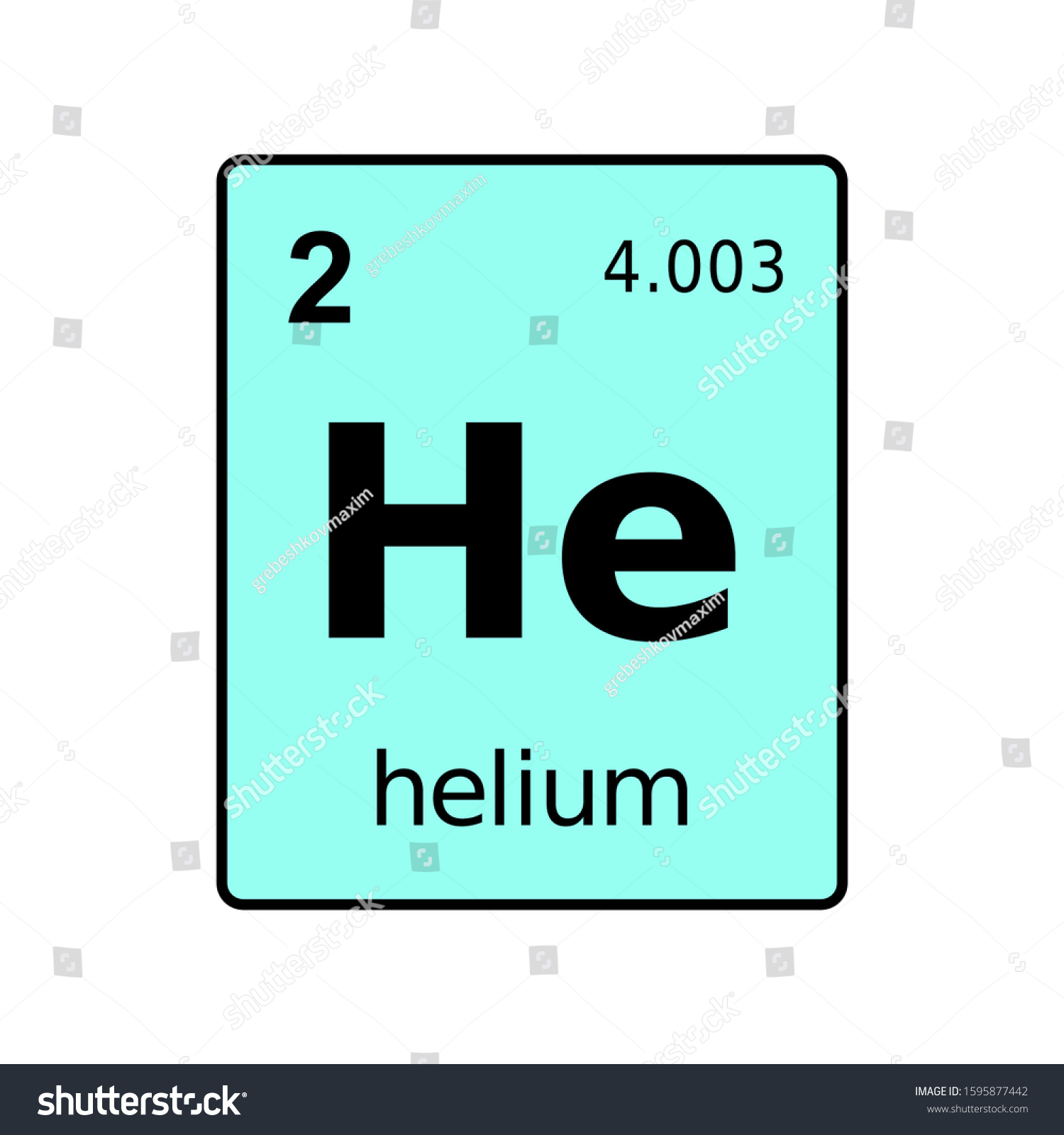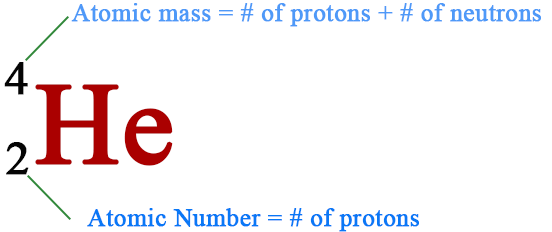- Atomic Number Helium Have
- Atomic Number For Helium-4
- Atomic Number Compare For Helium
- Helium Atomic Number Mass
- The Atomic Number For Helium
Helium (He) is a colorless, odorless gas that has the atomic number 2 and the symbol He. It is a noble gas, non metal that is second most common element in the universe after Hydrogen. Helium is most commonly used in diving, welding and for inflating balloons. Below you may find the answer for: Helium's atomic number crossword clue.This clue was last seen on Wall Street Journal Crossword December 16 2020 Answers In case the clue doesn’t fit or there’s something wrong please let us know and we will get back to you. If you are looking for older Wall Street Journal Crossword Puzzle Answers then we highly recommend you to visit our archive page. Java applet download for mac.
Helium it is a noble gas (or rare gas), practically inert, the first of the noble gas family in the periodic table of the elements. Its boiling point is the lowest among known bodies, and it only exists in solid form when subjected to a pressure greater than 25 atmospheres.
Appearance: colorless gas, exhibiting a gray, cloudy glow (or reddish-orange if an especially high voltage is used) when placed in an electric field.
Atomic Number of Helium Helium is a chemical element with atomic number 2 which means there are 2 protons and 2 electrons in the atomic structure. The chemical symbol for Helium is He. Atomic Mass of Helium. Element Helium (He), Group 18, Atomic Number 2, s-block, Mass 4.003. Sources, facts, uses, scarcity (SRI), podcasts, alchemical symbols, videos and images. Atomic Number of Elements in Periodic Table. We remember from our school chemistry course that every element has its own specific atomic number. It is the same as the number of protons that the atom of each element has, so sometimes atomic number is called proton number. It is always the whole number and it ranges from 1 to 118, according to.
It is the second lightest element (only hydrogen is lighter), this gas is a colourless, odourless, and tasteless gas that becomes liquid at −268.9 °C (−452 °F). The boiling and freezing points of helium are lower than those of any other known substance. Helium is the only element that cannot be solidified by sufficient cooling at normal atmospheric pressure; it is necessary to apply pressure of 25 atmospheres at a temperature of 1 K (−272 °C, or −458 °F) to convert it to its solid form.
Is it dangerous to breathe helium?
Download boot up usb for mac osx elcapitan on macbook pro. Helium inhalation: the risks
It is an inert or inactive gas, harmless to health. But the one found, for example in inflatable balloons at the fair, is often mixed with other gases which can be dangerous. Excessive inhalation of even pure helium can also pose risks. Inhalation of helium is not harmful to health. However, excessive consumption should be avoided. Many people breathe in this gas to modify their voice. This is possible as part of a show or to amuse small children. Voice imitators also need to change their vocal timbre. You can breathe helium to make your voice high or low. The modification process is very simple. The low density of the gas gives it this ability.
Health effects of helium
Effects of exposure: The substance can be absorbed into the body by inhalation. Inhalation: vertigo, headache, suffocation. Skin: if in contact with liquid: frostbite. Eyes: if in contact with liquid: frostbite. Inhalation hazard: this gas can cause suffocation by lowering the oxygen content of the air in confined areas. Check the oxygen content before entering the area.
Use of helium
Helium is administered in mixtures containing a minimum of 20% dioxygen to patients with upper or lower airway obstruction. The low viscosity of helium thus reduces the work of breathing.
Liquid helium is used to cool superconducting magnets (MRI, the LHC {Large Hadron Collider}).
Low temperature of this gas is used in cryogenics.
It is used as a transfer fluid in certain gas-cooled nuclear reactors.
It is used to pre-cool liquid hydrogen in space vehicles.
It serves as a protective atmosphere during the manufacture of electronic circuits, optical fibers and the production of certain metals.
Used to check the tightness of equipment (tanks) and food packaging.
Allows rock and mineral dating (helium dating).
Is used in diving as a mixture (trimix, heliair, heliox) to reach great depths by limiting the effects of “nitrogen narcosis” (deep intoxication).
Used in laser barcode readers (helium / neon mixture).
Meteorologists use it to explore the atmosphere (weather balloons).
The other major market for helium is electronics, where it is used to create clean atmospheres in the manufacturing process, as well as for cooling in fiber optic production.
It is also used in the space sector, to cool satellite launchers, and in the automobile industry for the production of airbags.
How and where is it produced?
Helium cannot be produced artificially at present. However, it is contained in natural gas fields, from where it is extracted by cryogenic process. Today “80 to 90%” of the world production of helium comes from this technique.
The United States today produces about 60% of the world’s helium. Having grasped the high strategic interest of this gas very early on, the country has a huge federal helium reserve near Amarillo (Texas), currently corresponding to 25-30% of global demand.
Qatar is the second largest producer of helium, providing around a quarter of global production, while Algeria, Russia and Australia share around 10% of the market.
As for the global helium suppliers, the top three is made up of the German Linde, the French Air Liquide and the American Praxair.


Helium in the periodic table
| Atomic number (Z) | 2 |
|---|---|
| Group | group 18 (noble gases) |
| Period | period 1 |
| Block | s-block |
| Electron configuration | 1s2 |
| Electrons per shell | 2 |
Physical properties
| Physical properties | |
|---|---|
| Phase at STP | gas |
| Melting point | 0.95 K (−272.20 °C, −457.96 °F) (at 2.5 MPa) |
| Boiling point | 4.222 K (−268.928 °C, −452.070 °F) |
| Density (at STP) | 0.1786 g/L |
| when liquid (at m.p.) | 0.145 g/cm3 |
| when liquid (at b.p.) | 0.125 g/cm3 |
| Triple point | 2.177 K, 5.043 kPa |
| Critical point | 5.1953 K, 0.22746 MPa |
| Heat of fusion | 0.0138 kJ/mol |
| Heat of vaporization | 0.0829 kJ/mol |
| Molar heat capacity | 20.78 J/(mol·K) |
Vapor pressure (defined by ITS-90)
| P (Pa) | 1 | 10 | 100 | 1 k | 10 k | 100 k |
|---|---|---|---|---|---|---|
| at T (K) | 1.23 | 1.67 | 2.48 | 4.21 |
Atomic properties
Atomic Number Helium Have
| Atomic properties | |
|---|---|
| Oxidation states | 0 |
| Electronegativity | Pauling scale: no data |
| Ionization energies | |
| Covalent radius | 28 pm |
| Van der Waals radius | 140 pm |
Other properties
| Other properties | |
|---|---|
| Natural occurrence | primordial |
| Crystal structure | hexagonal close-packed (hcp) |
| Speed of sound | 972 m/s |
| Thermal conductivity | 0.1513 W/(m·K) |
| Magnetic ordering | diamagnetic[3] |
| Magnetic susceptibility | −1.88·10−6 cm3/mol (298 K) |
| CAS Number | 7440-59-7 |
History
| History | |
|---|---|
| Naming | after Helios, Greek god of the Sun |
| Discovery | Pierre Janssen, Norman Lockyer (1868) |
| First isolation | William Ramsay, Per Teodor Cleve, Abraham Langlet (1895) |
Atomic Number For Helium-4
Isotopes
Although there are nine known isotopes of helium (2He) (standard atomic weight: 4.002602(2)), only helium-3 (3He) and helium-4 (4He) are stable. All radioisotopes are short-lived, the longest-lived being 6He with a half-life of 806.7 milliseconds. The least stable is 5He, with a half-life of 7.6×10−22 s, although it is possible that 2He
has an even shorter half-life.

| Main isotopes of helium | ||||||||||||||||
|---|---|---|---|---|---|---|---|---|---|---|---|---|---|---|---|---|
| ||||||||||||||||
Atomic Number Compare For Helium
Periodic Table of Elements | Complete List of Chemical Elements by Group, Name, Symbol, Color and Type
Helium Atomic Number Mass
Sources: Royal Society of Chemistry, Chemicool, Live Science, Royal Society of Chemistry
Photo credit: Wikimedia Commons
The Atomic Number For Helium
Photo explanations: image of a helium filled discharge tube shaped like the element’s atomic symbol.
